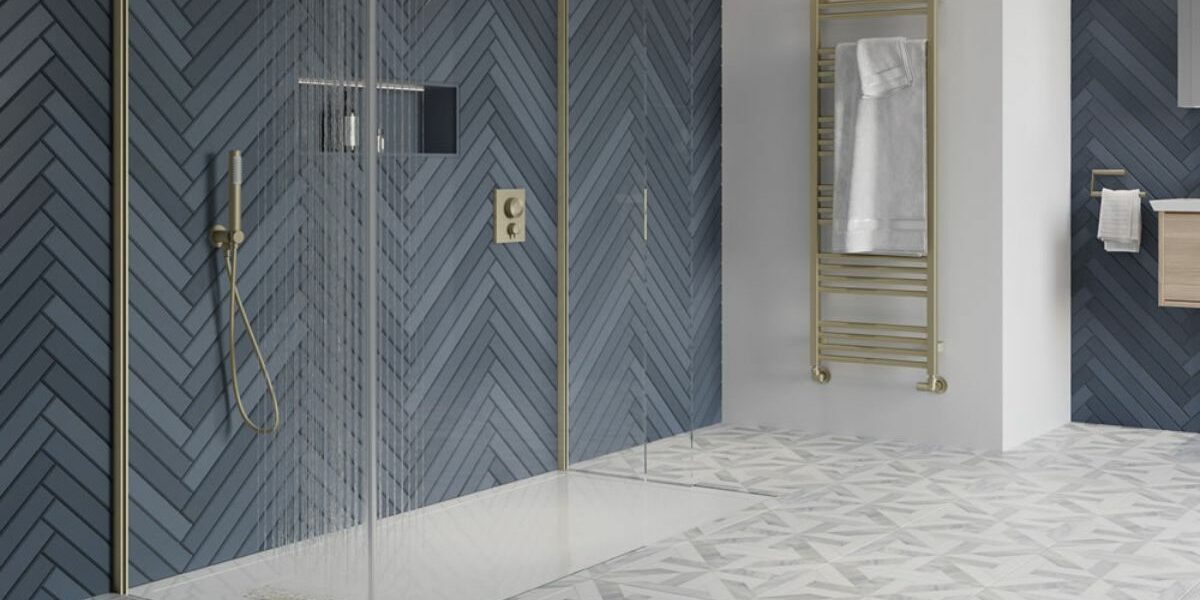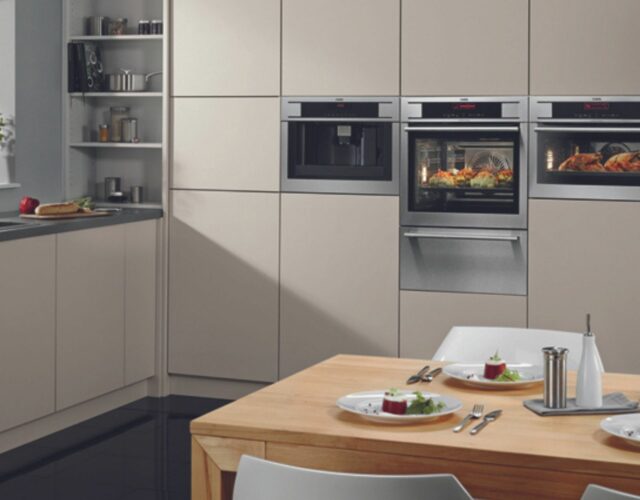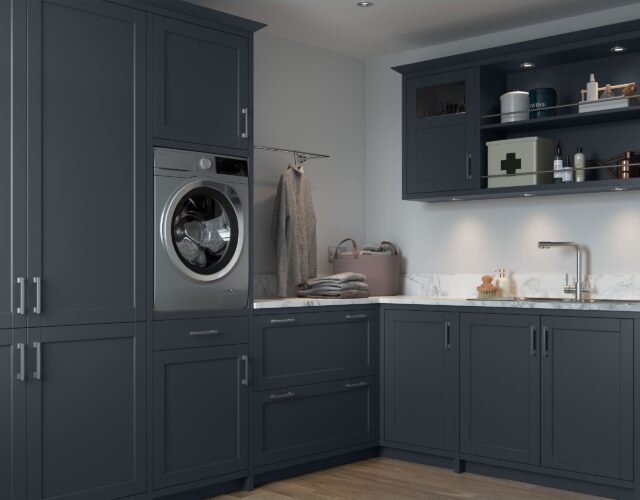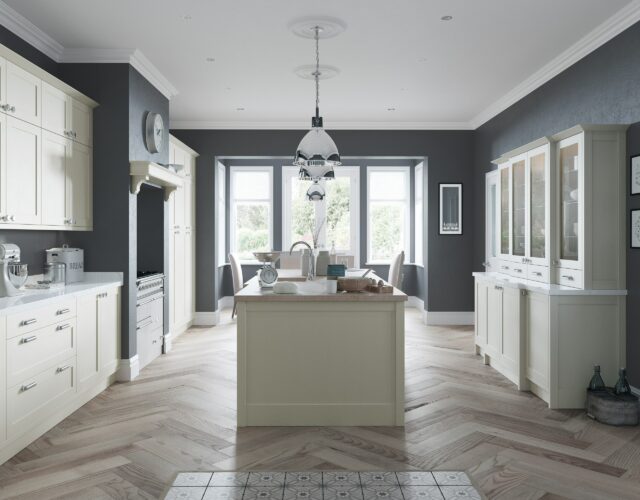

By Nichola
Bathroom Underfloor Heating – Pros & Cons
What could be more luxurious than stepping out after a lovely warm soak in the tub onto a toasty bathroom floor? Underfloor heating is understandably on many homeowners’ wish lists, with the bathroom being a prime location. And while underfloor heating may have once been considered a rather extravagant luxury, in recent years, it has certainly become more mainstream. In fact, those pampered toes could be closer than you think… How does underfloor heating work? There are two types of underfloor heating. Since they work slightly differently, they each come with their own considerations. Wet Or Hydronic Underfloor Heating Like a traditional radiator, wet underfloor heating uses your central heating system to pump warm water through a series of pipes installed under your flooring. This underfloor heating type typically has high up-front costs but lower running costs and excellent efficiency. Dry Or Electric Underfloor Heating Consisting of a mesh and wire mat, electric underfloor heating is comparatively cheap and easy to install. However, it costs substantially more to run than wet underfloor heating. Despite this, its quick response time and low up-front cost make it suitable for small guest bathrooms or en-suites.
How does underfloor heating work?
There are two types of underfloor heating. Since they work slightly differently, they each come with their own considerations.
Wet Or Hydronic Underfloor Heating
Like a traditional radiator, wet underfloor heating uses your central heating system to pump warm water through a series of pipes installed under your flooring. This underfloor heating type typically has high up-front costs but lower running costs and excellent efficiency.
Dry Or Electric Underfloor Heating
Consisting of a mesh and wire mat, electric underfloor heating is comparatively cheap and easy to install. However, it costs substantially more to run than wet underfloor heating. Despite this, its quick response time and low up-front cost make it suitable for small guest bathrooms or en-suites.

Bathroom Underfloor Heating Pros
- Underfloor heating is very effective. Since it uses a large surface area (your floor) to transfer heat from the ground up, it eliminates cold spots and warms the room more quickly and efficiently than a standard radiator or towel rail. Not to mention, it offers the added bonus of enjoying lovely cosy feet on those cold winter mornings!
- Because underfloor heating relies on a large surface area to radiate heat, it can run at a much lower temperature. That makes it around 25% more efficient than radiators when run off a typical condensing boiler. Bear in mind that just a 1% reduction in temperature could save you up to 10% off your energy bill. Personalising your system with a handy smart thermostat can make your underfloor heating even more efficient.
- Underfloor heating promotes greater design freedom. Whether you’re struggling for space (as we often do in the bathroom) or simply dislike the way traditional radiators look, underfloor heating solves this problem. Alternatively, there’s nothing stopping you from installing a stylish towel rail alongside an underfloor heating system. The choice is all yours!
- Underfloor heating can even improve air quality! Despite their name, radiators mostly rely on convection to transfer heat. The subsequent air flow and heat pockets disturb dust particles and dry the air. Underfloor heating prevents both these problems.

Things To Consider
- We recommend considering the energy efficiency of your existing space. For example, do you have cavity wall insulation, double glazing, or loft insulation? Underfloor heating won’t be as efficient if your bathroom is poorly insulated. You may want to address these issues first in order to make the most of your investment.
- Both electric and wet underfloor heating systems inevitably cost money to buy and install. Electric underfloor heating costs roughly between £50-£85 per meter square, while wet underfloor heating costs around £120-£185 per meter square. Both options are more expensive than standard radiators or towel rails.
- Furthermore, electric underfloor heating generally costs substantially more (up to three times more) to run. If you are considering investing in underfloor heating for financial reasons, you may want to assess how long you intend to stay in your current home. It could take many years to recuperate the upfront cost. However, installing underfloor heating can, of course, make your home more attractive to prospective buyers.
- Installing underfloor heating often involves a level of preparatory work. If you are undertaking a new build or extension, this may not be an issue. But if you are renovating an older property, the work can be extensive and time-consuming. It can also impact the height of your floor. This should be taken into consideration when planning your project.
- An experienced, specialist, bathroom designer will help ensure details such as floor height and suitable floor coverings are not overlooked. They can also help with spatial planning, interior design and sourcing the best products. It’s well worth considering enlisting the services of a trusted independent expert.

If you’re looking for a stylish, highly effective and luxurious way to heat your bathroom, underfloor heating makes a fantastic choice. It can even save you money on your electricity bills. If you would like more advice on installing underfloor heating in your bathroom, please feel free to speak with our experts. You can call us on 01634 799 909 or email design@ream.co.uk.




